Elite Perceptions in Foreign Policy: Role of Print Media in Influencing India-Pakistan Relations, 1989-1999
The task of educating people on foreign-policy issues is largely performed by the elite. Although people in India and Pakistan have a keen interest in the furtherance of bilateral relations, various intricacies of the relations are not known to the masses. It is the elite who inform the masses regarding various issues and the existing challenges to their resolution. This prepares people to be more amenable to changing circumstances and appreciate solutions that strengthen peace in the region. In this context the English language newspapers role is crucial in making the views and opinions expressed accessible to a wider audience thereby generating well-informed opinions that act as crucial inputs in foreign policy making. The present study focuses on the entire gamut of Indo-Pak relations post 1989 based on the content analyses of five English language newspapers each from India and Pakistan. It reflects the trends in bilateral relationship and how elite in both the countries have prioritized various bilateral issues and discussed possible solutions on each issue.
It also reveals the parameter of mistrust and apprehensions within which opinions are conceived and articulated. What generates hope and optimism in the topsy-turvy path of Indo-Pak relations is the convergence of realization on both sides that war is not a solution and negotiation, however tedious, is the only path to peace and development. This study encapsulates that with every setback and pessimism there is a reinvigorating new dynamism in building peace and renewed attempts are tirelessly made to reach out to each other.
Get it now and save 10%
BECOME A MEMBER
-
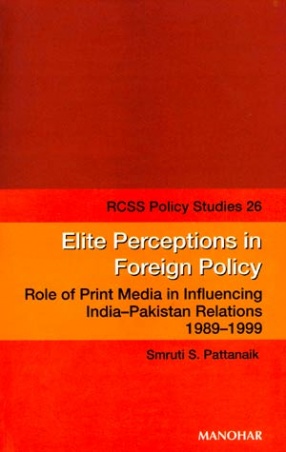
Elite Perceptions in Foreign Policy: Role of Print Media in Influencing India-Pakistan Relations, 1989-1999
-
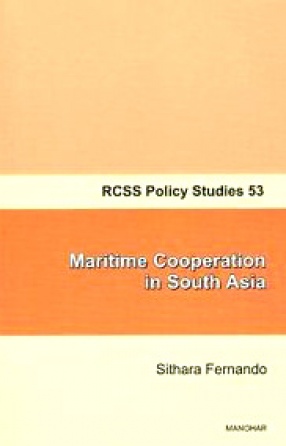
Maritime Cooperation In South Asia
-
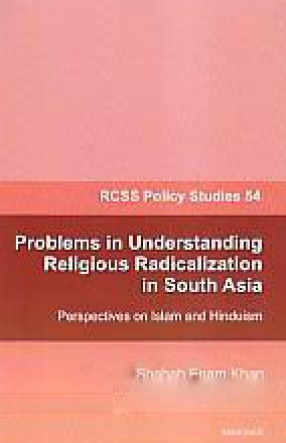
Problems in Understanding Religious Radicalization in South Asia: Perspectives on Islam and Hinduism
-
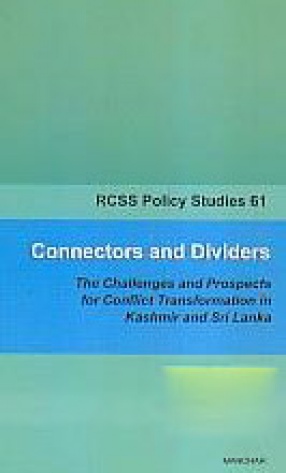
Connectors and Dividers: The Challenges and Prospects for Conflict Transformation in Kashmir and Sri Lanka

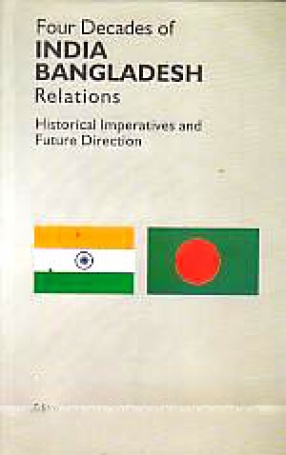
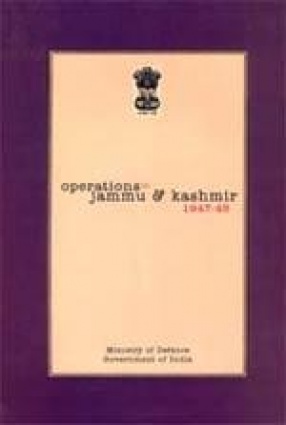
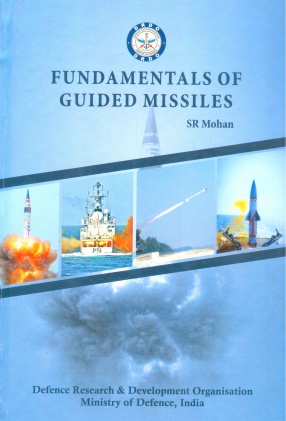
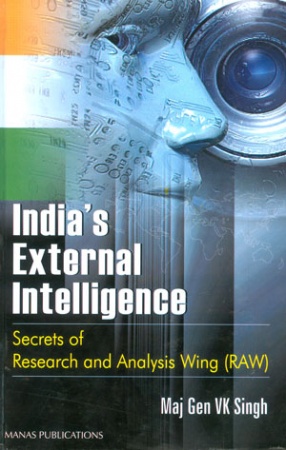
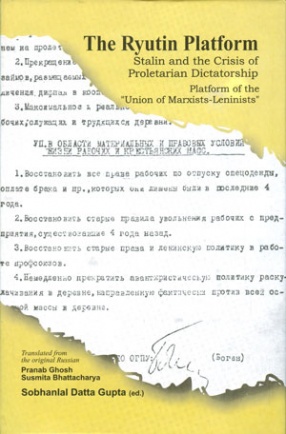

Bibliographic information
Tags